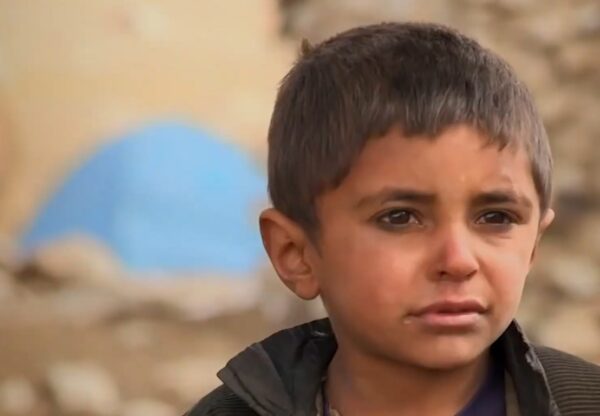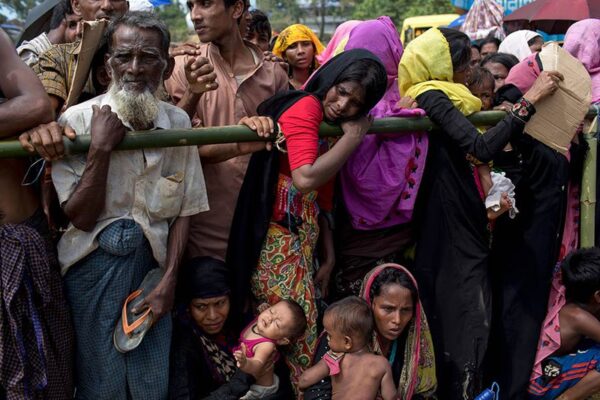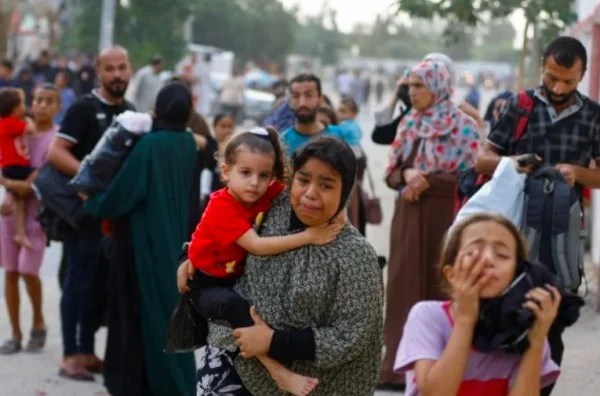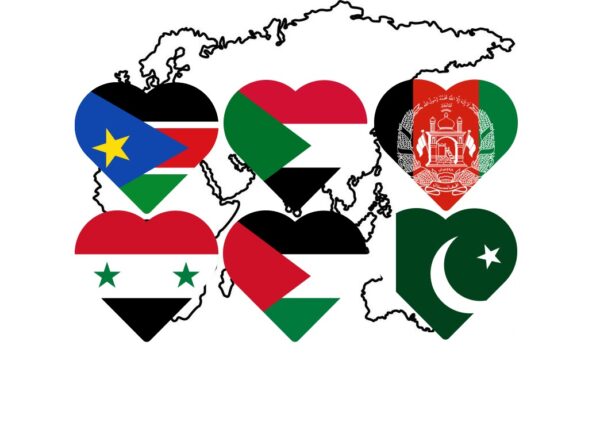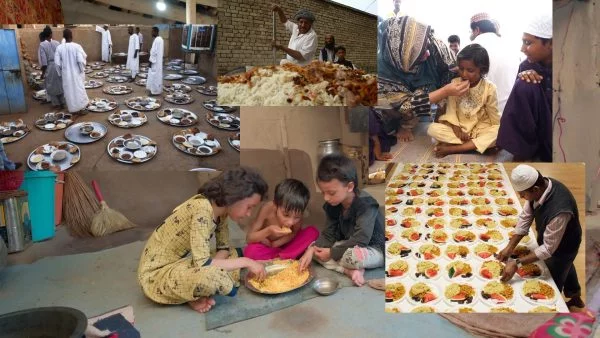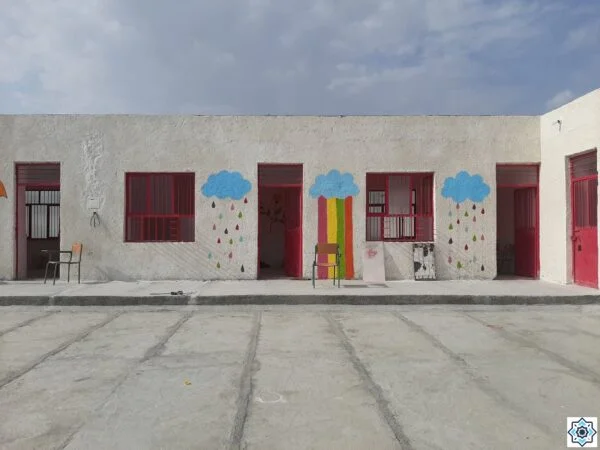Al-Ṣabāḥ Supplication (Arabic: دُعاء الصَّباح) was a hymn recited by the Commander of the Faithful (a) after dawn (fajr) prayer. According to Shi’a scholars, this supplication contains highest spiritual, mystical and theological teachings in a very eloquent style. Due to the significance of its content, various scholars and thinkers have authored several commentaries on this supplication.
Authenticity
The sources that report this supplication are:
- The earliest source which contained the supplication, was Ikhtiyar al-misbah, (653AH/1255) by Sayyid Ali b. Husayn b. Hasan b. al-Baqi al-Qurashi, a contemporary of Muhaqqiq al-Hilli and Sayyid b. Tawus. However, there’s no mention of this Du’a’ in earlier supplication sources, such as Misbah al-mutahajjid of al-Shaykh al-Tusi. Although Ikhtiyar al-misbah is not available anymore, the author of Riyad al-‘ulama’ had a copy of it, which was witnessed by al-Khwansari, the author of Rawdat al-jannat.
- Al-Majlisi presents another chain of transmission by Sharif Yahya b. Qasim al-‘Alawi al-‘Abbasi al-Yamani (d. circa. 753/1352) who had seen the supplication written on a long leather scroll and reported it in his book in 734/1333.
- It is famous that the supplication af Sabah (morning) had been written in Kufic script, on a long leather scroll, bearing the signet of Imam ‘Ali (a). Al-Majlisi writes: in 939/1532 my great grandfather, Mawlana Darwish Muhammad al-Isfahani has recited it for Nur al-Din ‘Ali b. ‘Abd al-‘Ali al-Karaki and authorized him to narrate the supplication based on a copy of that scroll.
- Al-Fayd al-Kashani (d.1090/1679) has narrated the supplication at the end of his book: Dhari’a al-dara’a.
- ‘Abd Allah Salih Samahiji (b. 1076/1665 – d. 1135/1722) reports a long part of the supplication in his book: al-Sahifa al-‘Alawiyya al-Mubaraka.
Since the aforementioned sources are not among the most authentic ones, and there’s no mention of an authentic chain of transmission for this supplication in them, according to the terminology of ‘Ilm al-Rijal, the report of Sabah supplication is considered Zanni al-sudur (one with non-deterministic origin). However, its sophisticated spiritual, mystical and theological content which is articulated miraculously in a significantly eloquent style has given it a unique validity and led Shi’a scholars to deem it as authentic.
The Date of Writing
Based on the account of al-Majlisi in Bihar al-anwar, Imam ‘Ali (a) wrote this supplication by his own blessed hands, on Thursday, eleventh of Dhu l-Hijja, 25/646.
The Content
(An excerpt from the Supplication of Sabah: My God, if mercy from You does not begin with fair success for me, then who can take me to You upon the evident path? If Your deliberateness should turn me over to the guide of hope and wishes, then who will annul my slips from the stumbles of caprice? If Your help should forsake me in the battle against the soul and Satan, then Your forsaking will have submitted me to where there is hardship and deprivation.)
The hymn of morning starts with praising God and thanking him for his bounties such as: arising the dawn, creation of heavens, motion of the stars, the Sun and the Moon. Then it mentions the unity, knowledge, generosity, beneficence and mercy of God before sending salutation to the Prophet (s) and his progeny. The hymn follows by making some requests to God: asking for guidance and divine patience, that is, not to hasten one’s punishment. Then he considers his need for the fulfillment of his requests as the reason of turning toward God; and the carnal desires of soul as the reason of being away from God. In addition to such desires, false beliefs, wishful thinking, committing sins and disobedience to God’s laws are counted as reasons for one’s deprivation from eternal blessing. Then he expresses his hope in God’s mercy and seeks refuge in God’s protection from his carnal desires.
The hymn continues with making some other requests. It mentions the limitless mercy of God and the trust in God’s promise for accepting repentance and fulfilling hopes and granting requests. He mentions his poverty and desperation and says: My God, how could You drive away a poor beggar who seeks refuge in You from sins, fleeing? How could You disappoint one seeking guidance who repairs to Your threshold, running? How could You reject a thirsty man who comes to Your pools to drink? Never! (you won’t do that) In the next phrase he again remembers the Divine Mercy and presents God as the ultimate being toward whom all hopes are directed and by whom only, the affairs of all creation are taken care of. He says “My God, these are the reins of my soul I have bounded with the ties of Your will.” Then he mentions his complete trust in God and God’s power, knowledge and benevolence and asks Him for guidance. In final phrases, he regards God as the possessor of all characteristics of perfection, praises God for His bounties, sends salutations to the Prophet and His household and mentions their purity from sins. The hymn ends with praising God and making some requests to Him.
Commentaries
The significant content of this hymn has attracted the attention of many Muslim scholars and theologians. As a result, there are various commentaries written on this supplication. In al-Dhari’a, Aqa Buzurg Tihrani counts 23 titles in Arabic and Persian, in the style of poetry or prose, that were written as commentaries on this supplication.
- The Persian poetic commentary by Mawla Abu l-Wafa, titled: Miftah al-falah and misbah al-najah. The composer has dedicated this book to Nawwab Afrasiyab Bayk. The book starts with this line: Praising God is necessary in every dawn and sunset, with sincerity and upon all people.
- The Persian poetic commentary by Mawla Ahmad b. Sayf al-Din Astarabadi which starts with this line: the prelude to speech is better to be the Name of God, the Exalted and the Holy.
- A commentary by Ahmad b. Muhammd, known as: Nishanchizade. (d.986/1578)
- A commentary by Shaykh Isma’il b. Hasan b. Muhammad ‘Ali Al ‘Abd al-Jabbar Qatifi (d.1328/1910)
- A commentary by the reputable philosopher, Haj Mulla Hadi Sabziwari (d.1289/1872) which has been published in 1283/1864 along a commentary on al-Asma’ al-husna.
- A commentary by ‘Allama Haydar Quli Khan, famous as Sardar Kabuli (d.1373/1953)


